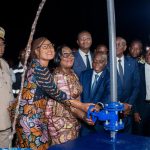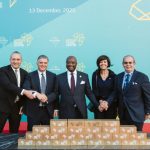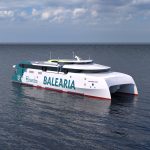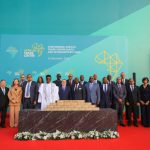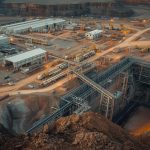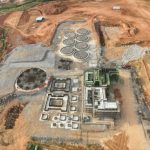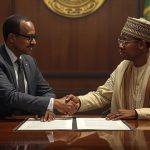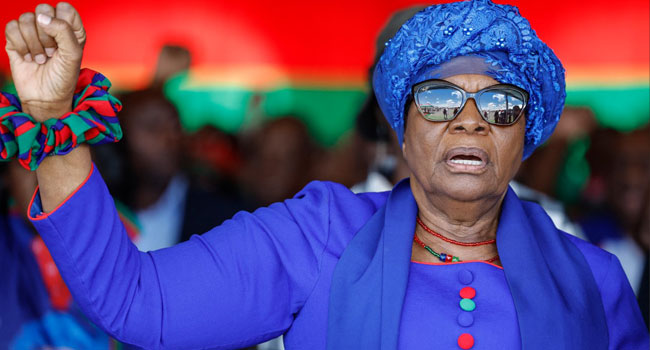Namibia Targets 7% Growth to Regain Upper-Middle-Income Status with Green Hydrogen and Regional Energy Alliance
Under the leadership of its first female president, Netumbo Nandi-Ndaitwah, Namibia is laying out an ambitious roadmap to restore its upper-middle-income status after a recent downgrade by the World Bank.
The downgrade, prompted by fiscal challenges and a dip in gross national income (GNI) per capita below the $4,496 threshold, reclassified Namibia as a lower-middle-income country.
In response, President Nandi-Ndaitwah’s administration has set a bold economic growth target of 7%, anchored by green hydrogen development, renewable energy expansion, and value-added manufacturing. These sectors are expected to drive Gross Domestic Product (GDP) growth and economic resilience.
Despite the World Bank’s reclassification, Namibia’s long-term outlook remains optimistic. According to Bloomberg, the country’s economy grew by 3.7% in 2024, a slight decline from 4.4% in 2023, largely due to decreased mining activity.
However, the president described this as a “temporary setback” in her foreword to Namibia’s latest national development plan, reaffirming her belief that per capita income could exceed $6,000 by 2030.
Key initiatives in the plan include:
Generating 30,000 green jobs by 2030
Increasing renewable energy capacity to 700 megawatts by 2028
Expanding manufacturing’s GDP contribution from 15.6% to 18%
Launching offshore oil and gas production by 2029
Namibia’s strategic focus on green hydrogen is particularly significant. With abundant renewable resources and status as one of the world’s leading uranium producers, the country aims to become a global hub for clean energy exports and critical minerals. This transition is expected to serve as a foundation for industrial growth.
The government also plans to reinvest mining, oil, and green hydrogen revenues into strategic infrastructure and development, leveraging both public and private funding, domestically and internationally.
Regionally, Namibia is deepening energy cooperation with neighboring Botswana. In May 2025, President Nandi-Ndaitwah held talks in Gaborone with Botswana’s President Duma Boko to explore a joint oil refinery project.
The collaboration aims to boost energy security, reduce import dependency, and potentially synchronize oil production strategies.
Energy dependence remains a critical issue. In 2023, Namibia imported $1.52 billion in refined petroleum, making it the country’s top import.
Key suppliers included India ($395M), UAE ($284M), Saudi Arabia ($206M), Oman ($163M), and Malaysia ($108M). Botswana followed a similar trend, importing $1.08 billion in refined petroleum.
A jointly operated refinery could significantly transform Southern Africa’s energy landscape, strengthen regional ties, and bolster local energy independence.
As Namibia repositions itself for economic renewal, its multi-sector strategy—driven by innovation, sustainability, and regional cooperation—signals a transformative era for the country and the broader region.
